Vehicle Suspension
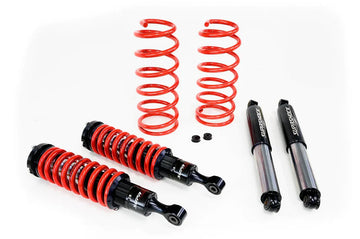
How To Install Coilovers In Your Car: Get Your Car Installed with Coilovers Today!
Learn how to install coilovers in your car for improved suspension. Upgrade your driving experience...
Read more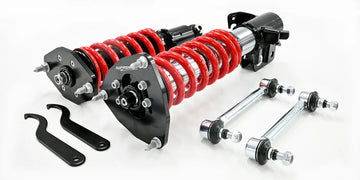
What Difference Do Coilovers Actually Make To Ride And Handling?: Upgrade Your Ride with Coilovers Today!
Upgrade your suspension with coilovers for improved handling. See the difference they can make for...
Read more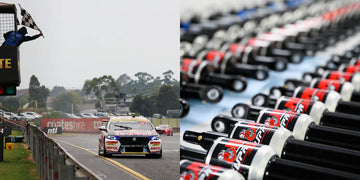
Coilovers In Racing Vs. Everyday Driving: Experience the Difference with Coilovers for Racing and Everyday Driving!
Upgrade your car's performance with coilovers. Experience the thrill of racing or enhance your everyday...
Read more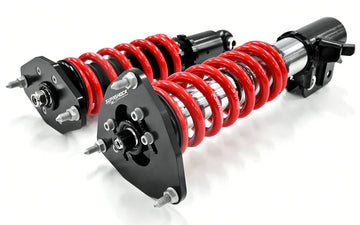
Science Behind Coilover Technology: Unlock the Science Behind Coilover Technology
Discover the science behind coilover technology and unlock the potential of your suspension. Upgrade to...
Read more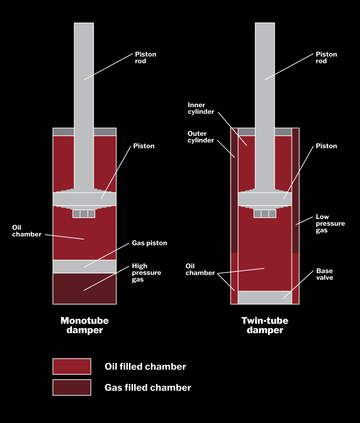
What is a monotube damper?
A monotube damper, also known as a monotube shock absorber, is a type of hydraulic...
Read more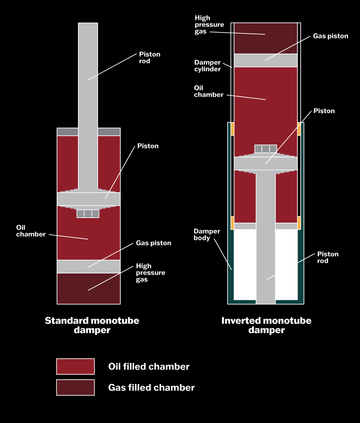
What is an inverted monotube damper?
An inverted monotube damper is a specialised type of shock absorber commonly used in high-performance...
Read more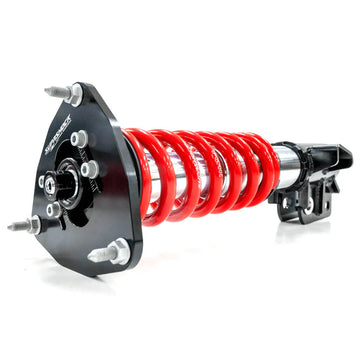
Adjusting Knobs in Car Suspension: A Guide to Their Meaning and Usage
Discover adjusting knobs in car suspensions: types, installation process, and fine-tuning for optimal performance. Get...
Read more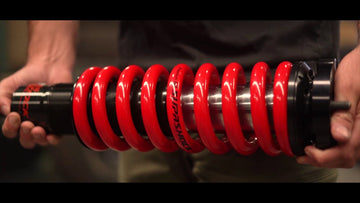
BC Coilovers vs MCA Suspension vs XYZ Coilovers vs Supashock
Supashock Coilovers BC Coilovers MCA Suspension XYZ Coilovers Number of Vehicle Makes 30 58 18...
Read more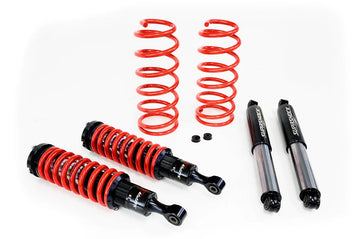
Best Lift Kit Brands
Are you on the lookout for the best lift kit brands? At Supashock, we’ve got...
Read more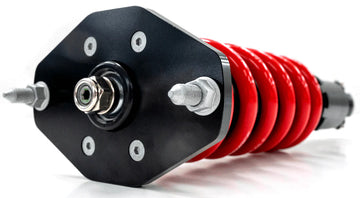
Do Coilovers Make Your Car Lower: Discover How Coilovers Can Lower Your Car's Suspension!
One of the most common misconceptions surrounding coilovers is the notion that they automatically make...
Read more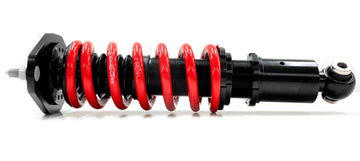
Do Coilovers Make Your Car Bumpy?
When it comes to the question of whether coilovers make your car bumpy, the answer...
Read more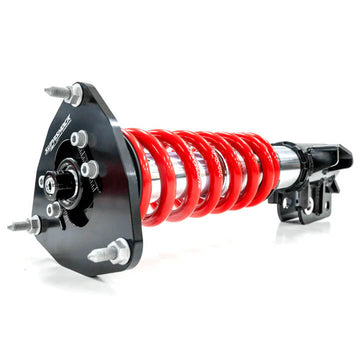
Do Coilovers Improve Performance?
Coilovers improve performance by enhancing the overall driving experience. Through their adjustable features and high-quality...
Read more